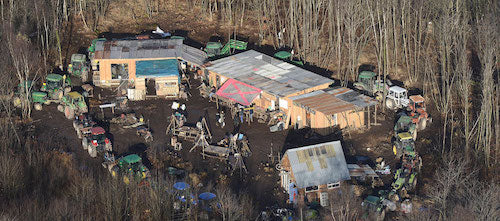
An Invite to Celebrate Victory at the Zad
The Zad will host a huge victory party in Notre-dames-des-Landes on February 10.

The Zad will host a huge victory party in Notre-dames-des-Landes on February 10.
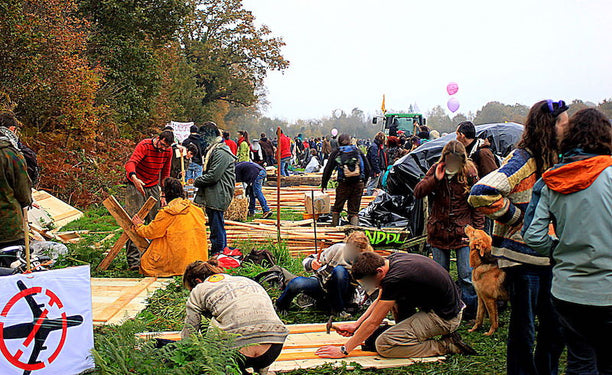
The zadists should be credited not only for resisting, but for experimenting with new forms of life.
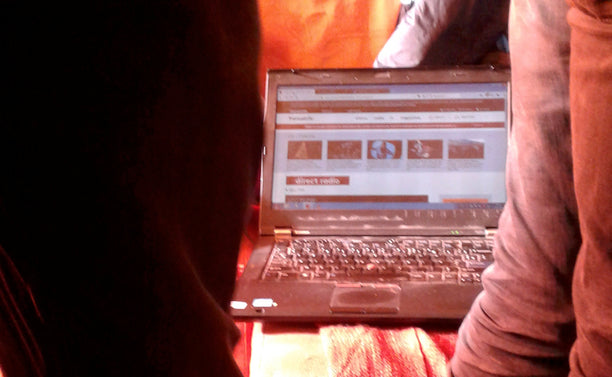
The French government's abandonment of the airport project could leave a bitter taste at the Zad if it leads to the expulsion of those who have made the zone their home as well as their battle.
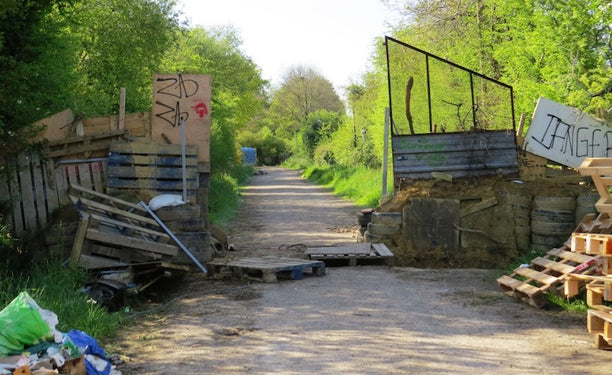
Kristin Ross describes the history behind two territorial struggles in Europe and examines their political consequences.
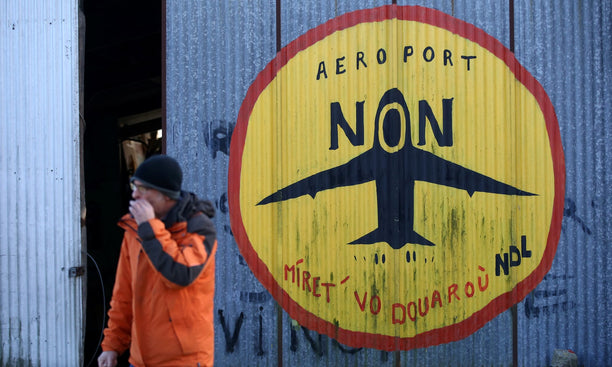
Yesterday's decision by the French government to abandon its plans for a new €580m (£513m) airport at Notre-Dame-Des-Landes lead to jubilant scenes at the Zad. The Zad–Zone à Defendre, a small piece of land near the proposed airport–is site of the longest and largest social struggle in France, and yesterday's decision was seen as a victory for the Zadists.
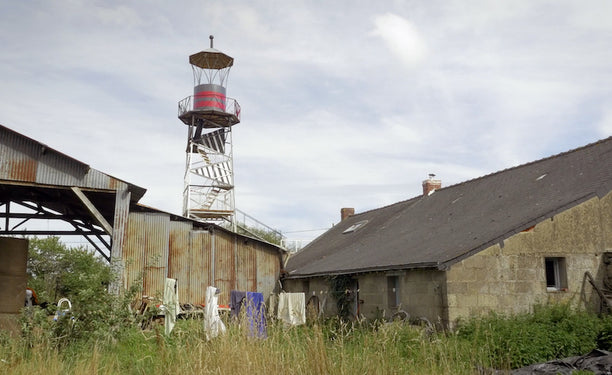
A documentary video on the ZAD by artist Oliver Ressler.
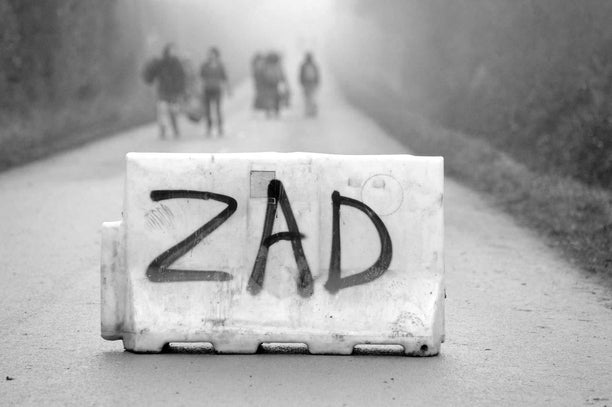
Two struggles, at present little-known within the English-speaking world, have come to define the ground of activist struggle in mainland Europe: the zad (Zone À Défendre - or the zone to defend), and NoTAV (the No to Treno ad Alta Velocità rail line). Each offers a continuation of the kinds of localised, spatial conflict whose genealogy can be traced from the Paris Commune, through Sanrizuka in Japan, the Zapatistas in Mexico and Standing Rock in America, whose form has been analysed most forcefully in the work of David Harvey.
In this extract from the introduction to the new ebook The Zad and NoTAV by the French collective Mauvaise Troupe, which offers English readers the first and most comprehensive narrative of the interlinked stories of the two movements, Kristin Ross offers an introduction to this "never-ending process of soldering together black bloc anarchists and nuns, retired farmers and vegan lesbian separatists, lawyers and autonomistas into a tenacious and effective community".

